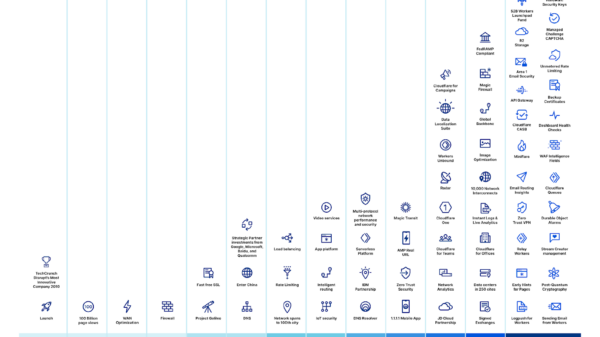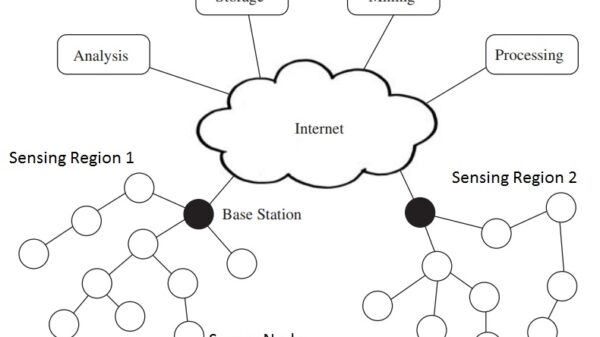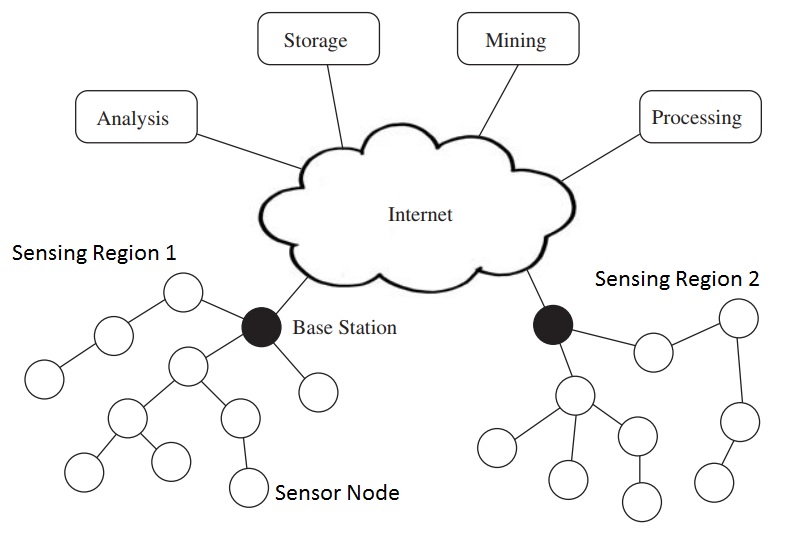Wireless sensor networks (WSNs) are a type of wireless network that consists of a large number of small, low-power devices called sensor nodes. These nodes are deployed in a specific area to collect and transmit data about the environment. WSNs are used in a wide variety of applications, including environmental monitoring, industrial control, and military surveillance.
Despite their many advantages, WSNs are also susceptible to a number of common mistakes. Here are seven of the most common mistakes made when designing and deploying WSNs:
- Not considering the application requirements. The first step in designing a WSN is to clearly define the application requirements. What data do you need to collect? How often do you need to collect it? How accurate does the data need to be? Once you understand the application requirements, you can start to design a WSN that meets those requirements.
- Not designing for scalability. WSNs are often deployed in large, dynamic environments. It is important to design a WSN that can scale to meet the needs of the application. This may involve using a hierarchical network architecture or using a mesh network topology.
- Not considering the energy consumption. Sensor nodes are typically battery-powered. It is important to design a WSN that minimizes energy consumption. This can be done by using low-power sensors, by using energy-efficient communication protocols, and by using power-saving techniques such as sleep scheduling.
- Not considering the security. WSNs are often deployed in sensitive environments. It is important to design a WSN that is secure against unauthorized access, data tampering, and denial-of-service attacks. This can be done by using security mechanisms such as encryption, authentication, and access control.
- Not testing the network. It is important to test the WSN before it is deployed in the field. This can be done by simulating the environment and by using testbeds. Testing the WSN will help to identify any potential problems and to ensure that the network is working properly.
- Not maintaining the network. Once the WSN is deployed, it is important to maintain it. This includes tasks such as replacing batteries, updating firmware, and troubleshooting problems. Maintenance of the WSN will help to ensure that the network continues to operate properly.
- Not planning for the future. WSNs are a rapidly evolving technology. It is important to plan for the future when designing a WSN. This may involve using standards-based technologies, by using open-source software, and by using modular designs. Planning for the future will help to ensure that the WSN can be easily upgraded and maintained.
By avoiding these common mistakes, you can increase the chances of success for your WSN project.
In addition to the seven mistakes listed above, there are a number of other factors that can affect the success of a WSN project. These factors include the following:
- The choice of hardware and software.
- The environment in which the WSN will be deployed.
- The budget.
- The expertise of the team.
It is important to carefully consider all of these factors when designing and deploying a WSN. By doing so, you can increase the chances of success for your project.
















